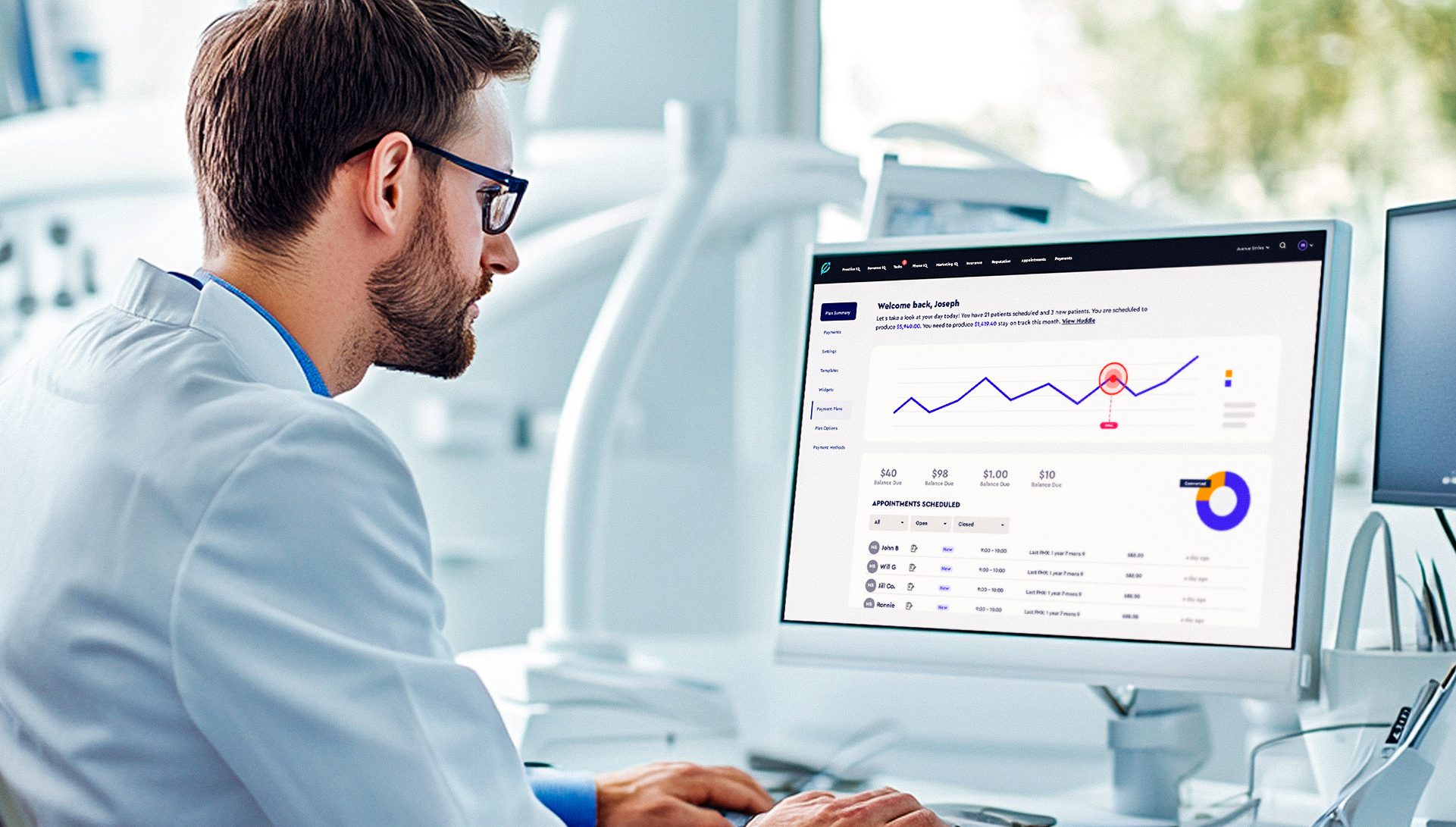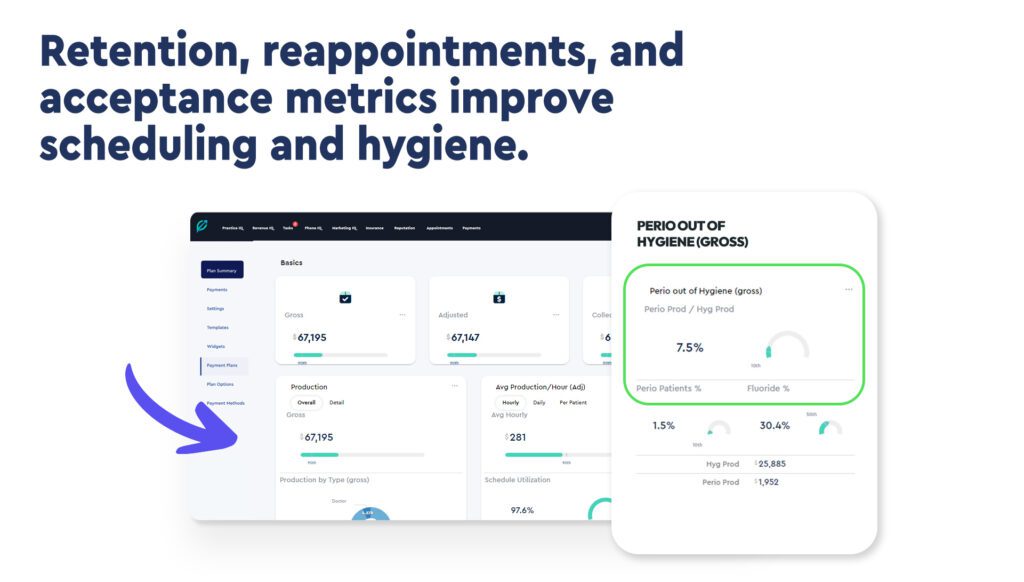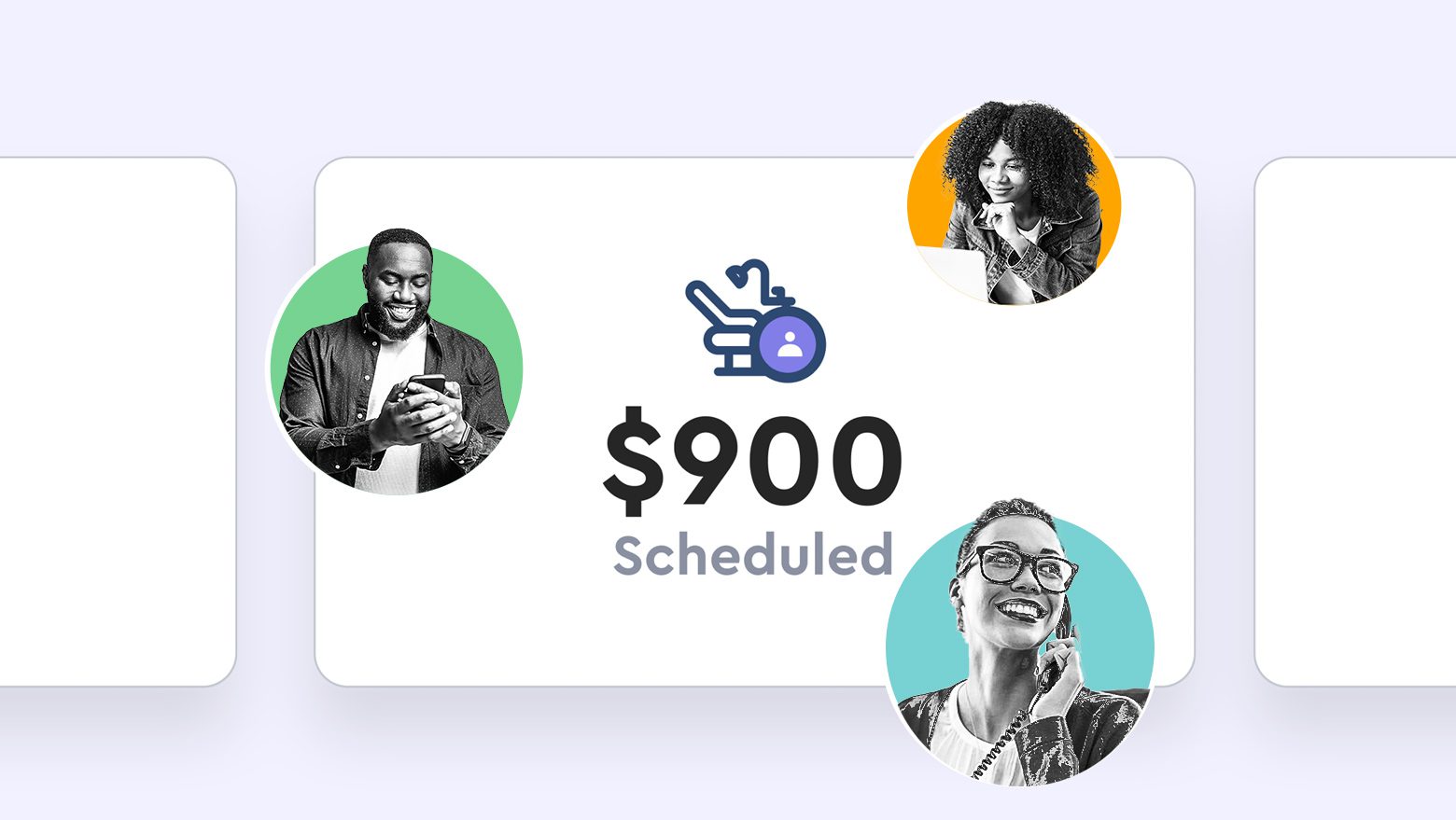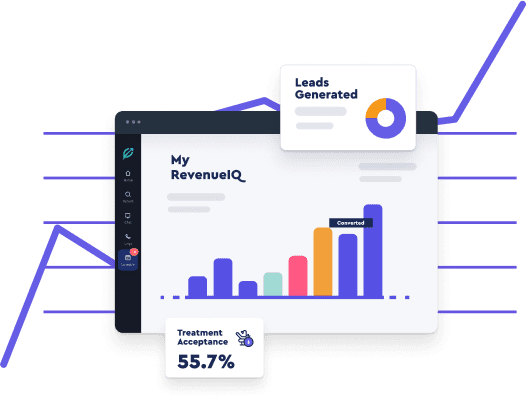Optimizing Hygiene Production with Real-Time Analytics

Key Highlights
- Real-time analytics provide immediate insights into hygiene department performance, enabling data-driven decisions for maximizing productivity.
- By identifying patterns and trends in hygiene appointments, practices can optimize scheduling, reduce downtime, and enhance patient flow.
- Streamlining hygiene operations through real-time analytics improves efficiency, increases revenue, and enhances patient satisfaction.
- Implementing real-time analytics empowers dental teams to make informed decisions that optimize hygiene production and elevate the overall patient experience.
In today’s busy dental world, acquiring new patients is important. However, retaining current patients is just as vital. A great way to achieve this is by focusing on your hygiene department. This is where real-time analytics come into play. Data provides insights that help you enhance patient care and boost your hygiene department’s efficiency and productivity.
The Power of Real-Time Analytics in Hygiene Production
With real-time analytics, you’re no longer left guessing how your hygiene department is performing. Instead, you have instant access to key metrics like appointment frequency, patient retention rates, and revenue per visit. By turning raw data into actionable insights, your dental team can make informed decisions on the spot, rather than waiting for end-of-month reports. This agility translates into better scheduling, higher productivity, and ultimately, a more successful practice.

Understanding the Basics of Real-Time Analytics
How do real-time analytics fit into your dental practice? By integrating specialized software with your practice management system, you can collect and process data from various sources such as patient appointments, treatment history, and billing records. This data is then displayed on easy-to-read dashboards, offering a clear picture of your hygiene department’s performance. Metrics like patient retention, reappointment rates, and treatment acceptance are all within your reach, helping you quickly identify areas for improvement. This leads to more efficient scheduling, enhanced patient communication, and better hygiene practices overall.
Key Benefits for Hygiene Scheduling and Productivity
Real-time analytics can revolutionize how you schedule hygiene appointments. Here’s how:
- Reduce Downtime: By analyzing past trends, you can spot patterns in cancellations and no-shows, allowing you to adjust schedules accordingly and fill gaps quickly.
- Optimize Appointment Lengths: Knowing how long different types of hygiene appointments typically take helps you create more accurate schedules, reducing patient wait times and maximizing chair utilization.
- Enhance Patient Communication: Automatic appointment reminders and follow-up messages reduce no-shows and last-minute cancellations, improving the efficiency of your hygiene department.

Tracking Fluoride Application Rates to Boost Hygiene Production
Another important area where practices can increase hygiene production is by tracking fluoride treatment rates. Fluoride applications provide significant benefits to patients while adding an easy-to-deliver service that boosts revenue for the practice. By monitoring how often fluoride treatments are recommended and accepted, practices can find opportunities to enhance production without adding much time to appointments.
Why Monitor Fluoride Treatment Rates?
Fluoride treatments are a simple, preventive service that many patients need but don’t always receive. With data on fluoride application rates, practices can:
- Identify Gaps in Care: If fluoride isn’t being consistently recommended, the data will reveal which appointments or types of patients are missing this important service. This helps the team address any gaps and ensure patients get the care they need.
- Enhance Patient Education: Tracking fluoride application rates also highlights where patient education efforts might need improvement. If patients are declining fluoride treatments, the practice can adjust its approach to emphasize the long-term benefits.
- Set Targets for Fluoride Treatment: Setting a goal for how often fluoride should be offered and applied during hygiene visits can increase production and enhance patient outcomes. Tracking this progress allows practices to adjust strategies and increase overall hygiene department efficiency.
Real-time analytics reveal hidden patterns in hygiene appointments, helping adjust staffing for peak times, accommodate patient preferences, and prepare for seasonal trends.”
How Fluoride Tracking Drives Production
By tracking and improving fluoride application rates, practices can significantly increase the average production per hygiene visit. This quick, easy service not only benefits patients by promoting long-term oral health but also creates an additional revenue stream. With real-time tracking, practices can ensure they’re meeting their targets, making the most of every hygiene appointment, and contributing to overall production goals.
Implementing Analytics for Enhanced Hygiene Operations
Integrating real-time analytics into your dental practice’s workflow is easy. Most practice management systems already offer integration options with analytics platforms, such as Practice by Numbers. Once your system is set up, you can start gathering important data and using it to improve your hygiene department.
Identifying Trends and Patterns in Hygiene Appointments
One big benefit of real-time analytics is that it shows hidden patterns and trends in your hygiene appointments. By looking at past data, you can find out:
- Peak Appointment Times: When you know the days and times that are most popular for hygiene appointments, you can adjust staffing levels. This helps make sure there are enough people working during busy times.
- Patient Preferences: Understanding patient preferences regarding hygienists or appointment times allows you to adjust scheduling to fit their needs, improving patient satisfaction and retention.
- Seasonal Variations: By examining appointment data over time, you can find seasonal trends in hygiene bookings. This allows you to adjust staffing and schedules in advance based on changes in patient demand.
Strategies for Reducing Downtime in Hygiene Services
Reducing downtime in your hygiene department is important for keeping productivity and revenue high. Real-time analytics help you identify and address the main causes of downtime. Here’s how:
- Optimize Patient Flow: Analyze patient arrival and departure times to pinpoint scheduling bottlenecks. Adjust appointment times and streamline check-in and check-out processes to improve patient flow.
- Minimize No-Shows and Cancellations: Automated reminders and flexible appointment times reduce no-shows and last-minute cancellations, ensuring that your schedule stays full.
- Improve Equipment Management: Keep track of equipment usage and maintenance schedules to ensure your hygiene department always has the necessary tools available.
Additional Resources
- The Role of Data Analytics in Dental Practice Management: Leveraging Insights for Success
- Leveraging Dental Practice Data Analytics for Growth
- Measuring Success
- How Dental Practices Can Leverage & Maximize Data Analytics
- The Successful Hygiene Department: Understanding the Numbers
- A Dentist’s Guide to Dental Data Analytics and Key Performance Indicators (KPIs)
Are you ready to revolutionize your practice? Schedule a demo today!
Together, we can elevate the patient experience and redefine the standard of excellence in dental practices nationwide.




